Easy Sketches of Animals in the Desert
While most people think about the desert as a place that is nothing but sun, sand, and heat, there are actually numerous examples of animals that can thrive in this environment.
Part of the beauty of this planet is its diversity and in order to learn more about everything and everyone that calls this planet home, it is time to learn more about the amazing animals that call the desert their home.
Many of these animals also have amazing adaptations that allow them to survive for long periods of time without regular access to food or water.
What are a few of the most interesting examples of animals that can not only survive in the desert but also thrive?
Quick Navigation
- Mammals In The Desert
- Camels
- Cheetah
- Desert Shrew
- Dik-Diks
- Grant's Gazelles
- Hyenas
- Kangaroo Rats
- Kangaroos
- Meerkats
- Pronghorns
- Sand Dune Cats
- Reptiles In The Desert
- Geckos
- Gila Monsters
- Horned Lizards
- Horned Vipers
- Iguanas
- Rattlesnakes
- Sidewinder Snake
- Invertebrates In The Desert
- Ants
- Bee
- Beetles
- Butterflies
- Locusts
- Millipedes
- Scorpions
- Spiders
- Amphibians In The Desert
- Couch's Spadefoot Toads
- Desert Rain Frogs
- Salamanders
- Birds In The Desert
- Cactus Wrens
- Cooper's Hawks
- Great Blue Heron
- Hummingbirds
- Ostriches
- Owls
- Roadrunners
- Vultures
Mammals In The Desert
Camels
The arid climate that makes up the desert is ideal for camels. One specific type of camel, called the Dromedary Camel, lives in the Sahara Desert.
They survive by feasting on the unique plants that thrive in the Sahara, including thorny plants that other animals do not like to eat. Dromedary Camels can grow up to 10 feet in height and 1500 pounds in weight!
Cheetah
Cheetahs are also common in the desert. They are usually more active at night, which helps them avoid the extreme heat that is out during the day.
They tend to feast on antelopes, rabbits, and other small mammals. Cheetahs are able to survive in the desert by going for days without drinking water.
Desert Shrew
Desert Shrew: This is a small cute animal that is specially adapted to the arid environment of the desert.
They are commonly found in the southwestern United States and northern Mexico. They have conspicuous ears and a long tail.
Dik-Diks
The Dik-Dik is a small antelope with a funny name that is commonly found in the African deserts. They tend to vary in color but are usually yellow, red, or brown.
They are commonly distinguished by their unique noses. They are called dwarf antelopes because of their small size.
Grant's Gazelles
Grant's Gazelles are common in the desert. They are herbivores and like to feast on plants that grow in the desert environment. Females tend to weigh around 12 kg and males weigh up to 16 kg.
Their color varies but helps them blend in with the desert background and hide from predators.
Hyenas
Hyenas can survive in some of the harshest environments in the world, including the desert. They tend to grow to around 2 meters in length and weigh around 80 kg. Of note, female hyenas tend to be larger than male hyenas.
They are carnivores and hunt for their prey in a group. They are also scavengers, which means they feast on the leftovers that have been abandoned by other animals.
Kangaroo Rats
Kangaroo rats are weird small rodents that tend to hide during the day and only come out at night. While Kangaroos are native to Australia, these rats are found mostly in North America.
They are named as such because they tend to move in a manner that is similar to kangaroos. These rats usually do not eat meat but they are hunted by snakes. Therefore, they tend to use their teeth only on other animals in cases of self-defense.
Kangaroos
Kangaroos are large animals that are found almost only in Australia. They tend to carry around their young in pouches. Their young are called joeys. Kangaroos are known for their exceptionally powerful legs that allow them to jump high in the air.
They can reach incredible speeds and use this to escape predators quickly. In Australia, kangaroos can sometimes be seen crossing the road and have the potential to cause severe damage to cars.
Meerkats
Meerkats fall under the category of the mongoose. They are found almost only in Africa. They have a long body, broad legs, and a pointed snout. They are commonly eaten by larger animals in the area including snakes, eagles, jackals, and more.
In order to prevent themselves from becoming a meal, meerkats will actually take turns standing watch for the rest of the pack. This is why most of the pictures of meerkats look like they are on sentry duty.
Pronghorns
This is an animal that looks like an animal, gazelle, or reindeer with its large horns. Of note, this animal has lived in the deserts of North America for more than a million years.
This animal can also be found in the mountains. They are incredibly fast and can even keep up with cars on the road. They also have incredible vision which allows them to detect predators from a great distance, giving them time to take cover before they fall under attack.
Sand Dune Cats
Often called dune cats, these are small animals that tend to be found in harsh climates, such as the desert. They are able to survive there because they can stand up to severe conditions while also blending in with the background.
In addition to being hunted by humans, they are also hunted by birds of prey, snakes, and other dogs. Their main defense mechanism is to hide in the dunes of the sand, where they will blend in and be harder to spot.
Reptiles In The Desert
Geckos
These are small lizards that are found in warm climates such as deserts, all over the world. Of note, geckos actually do not blink! They tend to lick their eyes to keep them clean.
The lenses in their eyes are actually fixed and if they need to let in more light, such as during the night, the lenses will enlarge to let in more light.
Gila Monsters
The Gila Monster is a venomous lizard that lives in Arizona, California, Texas, New Mexico, and northern Mexico. They tend to eat small mammals such as frogs, insects, birds, and even eggs.
They use their sense of smell to hunt for prey and finish off other animals with the venom from their bites.
Horned Lizards
These lizards have a unique, spiky appearance that helps them stand out in the wild. These animals are very secretive and tend to come out and hunt for food during the early morning hours.
During the rest of the day, they are hiding from predators. They enjoy warm places and thrive in the desert. They feast on toads, frogs, birds, and other small animals.
Horned Vipers
These are among the most poisonous animals in the world. They live in the Sahara and enjoy the arid climate. They hunt for food at night and use venom to kill their prey.
The venom leads to heart problems and kidney failure. The females lay eggs that incubate for 80 days before hatching.
Iguanas
Iguanas are unique desert reptiles that try to blend into the environment to hide from their predators. They have a varied diet and can go for a long period of time without water.
They are more active at night and spend the day hiding from carnivorous animals that hunt for them.
Rattlesnakes
These are snakes that are both feared and respected. They have a distinct rattling noise that they make to try to scare off predators. They can go for a long time without water and hunt for prey using venom.
The venom is extremely toxic and will quickly incapacitate even large animals, leading to a meal for the rattlesnake.
Sidewinder Snake
This is a venomous pit viper that is found in deserts throughout the United States and Mexico. This snake can move up to 18 MPH and hunts for a variety of smaller animals.
The venom can incapacitate a foe quickly and is also incredibly venomous to humans. Its skin causes it to blend into the environment well.
Invertebrates In The Desert
Ants
Ants may be small but they are incredibly strong. They can lift up to several times their body weight and live in colonies that are usually underground where they are sheltered from the harsh environment.
One specific type of ant that lives in the Sahara Desert, is called the Saharan Silver Ant and is named for its unique silver hair, which protects them from the sun.
Bee
Bees are a unique and varied animal but can be found in the desert. They play an important role in the environment by pollinating plants, helping them reproduce.
Of note, the honey bee is actually in danger of going extinct. Other bees have stingers that deliver a venomous punch and act as a defense mechanism.
Beetles
Beetles come in many shapes and forms and are commonly found in the desert. Their unique, hard bodies allow them to stand up to the harsh conditions of the desert.
They tend to live underground during the day where they hide from the heat and predators such as frogs, toads, and other amphibians.
Their resilience has allowed them to withstand harsh environments all over the world.
Butterflies
Butterflies feature a wide variety of colors and start their lives as small bugs such as caterpillars. Then, they enter a cocoon phase where they are coated in a hard outer shell.
Butterflies spend varying amounts of time in these cocoons before they come out. Finally, when they leave the cocoon, they have the stereotypical color pattern that makes them so beautiful to look at.
Locusts
Locusts are commonly associated with antediluvian plagues and they still travel in packs today. Locusts are commonly found in the desert in crowds that are large enough to turn the sky black.
They tend to destroy all vegetation in the area before they leave and move on to the next food source. They can deprive other animals of their food sources, placing them in danger of starvation.
Millipedes
The millipede is an animal that resembles a small caterpillar. They have two pairs of jointed legs on mossed body segments along with countless other legs.
Their bodies look like multiple segments that have been joined together. They prefer to eat dead and dying plants but they can eat dead animals as well from time to time.
Their small bodies are ideal for hiding out in the sands of the desert.
Scorpions
Scorpions are small animals with a hard outer shell and a dangerous stinger on the tail. During the day, they tend to hide underground where they seek shelter from the heat and predators.
During the night, they come out to hunt. They use their tails both as a defense mechanism and to hunt for prey. The venom is deadly and can take down larger animals.
As a result, most people try to stay far away from scorpions; however, some people also keep them as pets.
Spiders
There are countless species of spiders and they come in many shapes and forms. Spiders have the potential to withstand the harsh conditions of the desert, allowing them to thrive in this unique environment.
Spiders catch their prey by building sticky webs that catch flies and or small animals. The silk they use to build their webs can be hard to spot which makes them deadly to smaller animals.
Once their prey is immobilized, spiders can eat them. Some spiders also use venom to kill their prey.
Amphibians In The Desert
Couch's Spadefoot Toads
This is a toad that is commonly found in North American deserts. They are usually green or yellow and black. Females tend to be darker than males.
These toads tend to eat spiders, beetles, snails, and other small animals. The species was named after Darius Couch, an American naturalist.
Desert Rain Frogs
These frogs are commonly found in research labs; however, they can be spotted in the wild as well. This frog is commonly found in Namibia and South Africa.
They like to live in sandy shores between rolling sand dunes and the sea. Due to their nature, they like to stay in the water and only leave when they have to.
it has a very unusual cry that has been compared to a child's squicky toy.
Salamanders
Salamanders are amphibians that look like lizards. They have slender bodies and bunt snouts. They have permeable skin that allows them to live in unique environments, including the desert.
While they like to live in the water, they do leave occasionally when they are looking for food. They can regenerate limbs that would have otherwise been lost and this adaptation has been studied extensively by various research scientists and experts.
Birds In The Desert
Cactus Wrens
This is a bird that likes to live in the deserts of the southwestern United States. This is a small bird that is usually white and black in color.
They tend to perch on cacti to announce their presence instead of hiding fro predators like other birds. They build nests in cactuses out of coarse grass as well as plant fibers.
Cooper's Hawks
These are medium-sized hawks that tend to live in the North American desert. They have broad, round wings along with a long tail.
These birds tend to feast on smaller mammals such as chipmunks, squirrels, and other birds. Their wings are smaller which makes it easier for them to maneuver as they hunt for other animals.
While they like cooler climates, they occasionally migrate farther south as well.
Great Blue Heron
This is a large bird that is commonly found in between deserts and streams and seas. They tend to be found wading in the water.
These birds primarily feed on fish but they are also opportunistic feeders. This means that they will eat almost anything that comes within striking distance of it.
This includes small mammals, rodents, insects, and shrimp. They have a stereotypical long neck and blue wings that give it its name.
Hummingbirds
This is a small bird that is found almost only in the Americas. They are incredibly tiny and flap their wings at high speed to stay in place.
They tend to eat sugar, water, and nectar that is produced by other plants. Hummingbirds also make unique noises and these sounds tend to vary from species to species.
Finally, these birds also feature a variety of color patterns, making each one unique.
Ostriches
Ostriches can be found all over the world and love to live in dry climates such as those found in the desert. These birds are famous for being unable to fly but what they lack in wings they make up in pure land speed.
They communicate with each other using their small wings. Their wings are also used to steer them in the right direction as they run.
Owls
Owls are a large family and they can grow to incredible heights. Their necks are famous for being able to turn 360 degrees without stopping.
They tend to sleep during the day and come out at night. They make a stereotypic "hoo-ing" noise when they communicate with each other.
Because they are so quiet when they want to be, they can sneak up on their prey with ease.
Roadrunners
While these birds cannot fly, they are incredibly fast on the road and are common in the desert areas of Mexico and the southwestern United States.
These birds have a number of adaptations that make them suited to the desert. They tend to get a lot of their moisture from the prey they eat.
They are also able to absorb nearly all of the moisture from their feces before excreting it.
Vultures
Vultures are large birds that fall under the category of scavenger. This means they tend to feast on the bodies of dead animals that have been left behind by other animals.
These animals tend to stay away from wooded areas that have a lot of tree cover. Trees make it harder for them to spot prey on the ground. That is why these animals love the desert.
Source: https://www.animalshq.com/37-amazing-animals-from-the-desert/



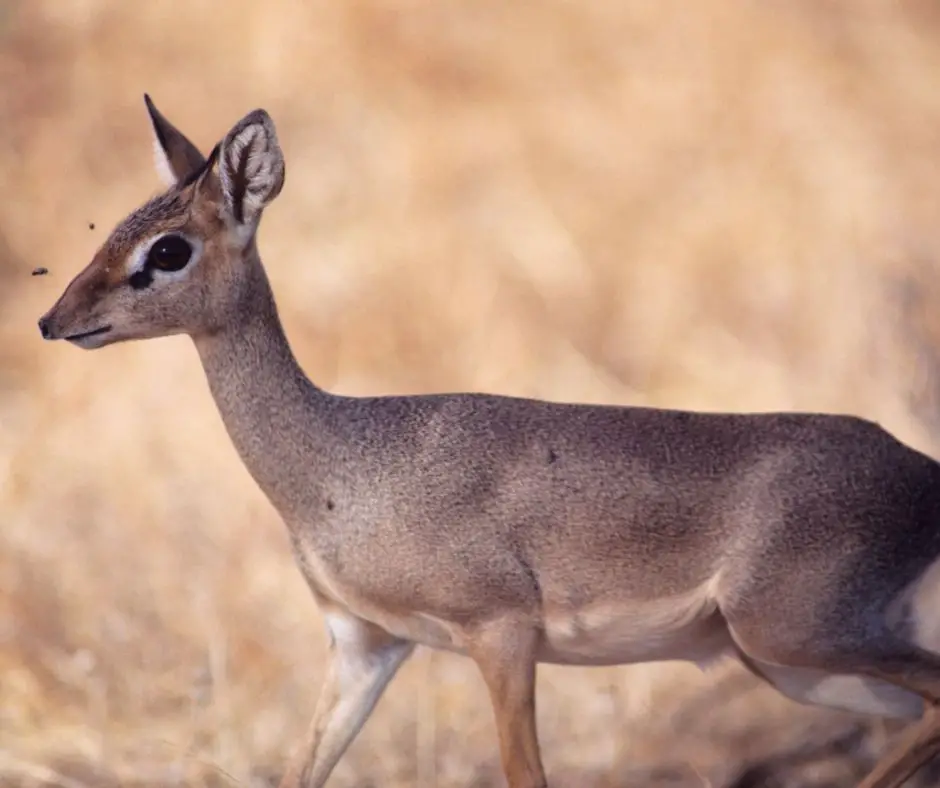
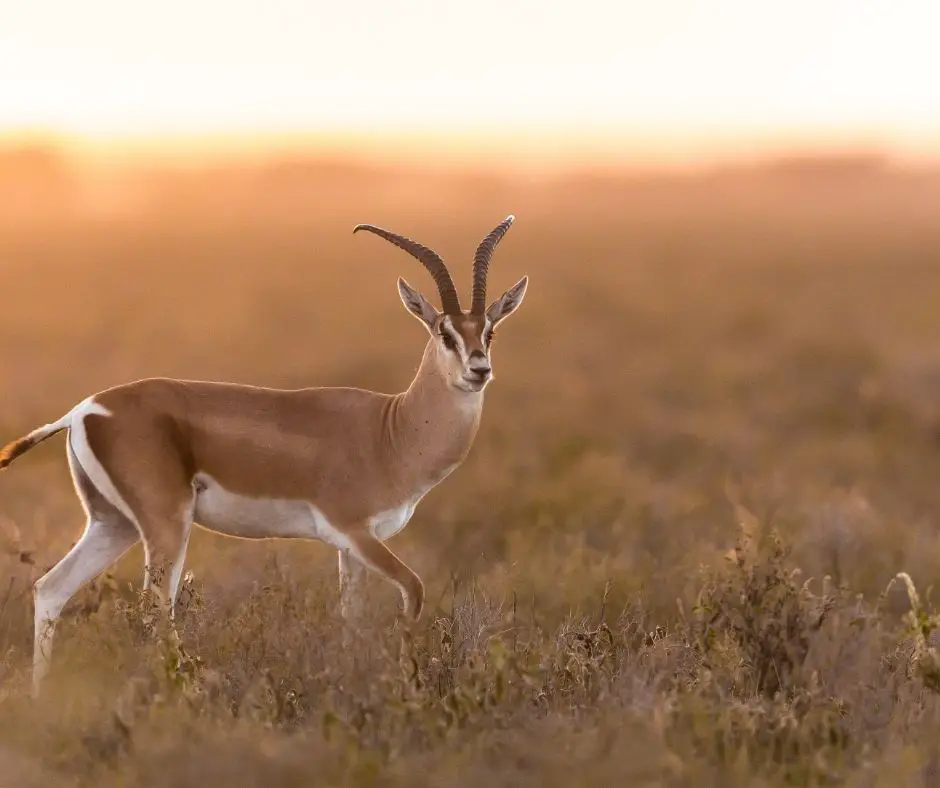



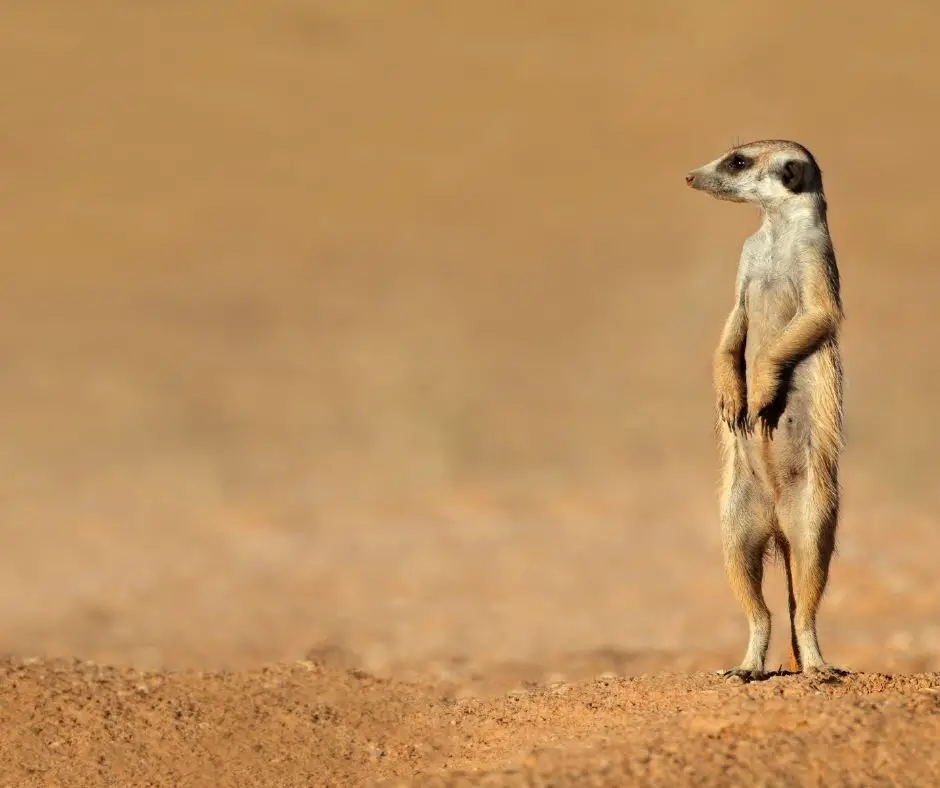








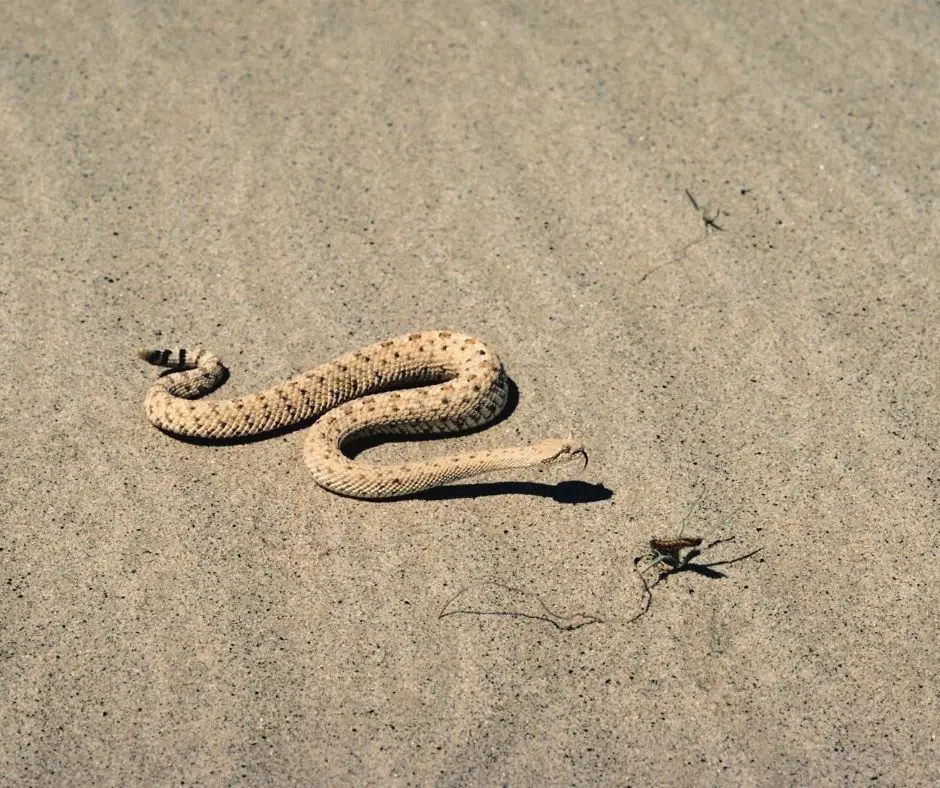

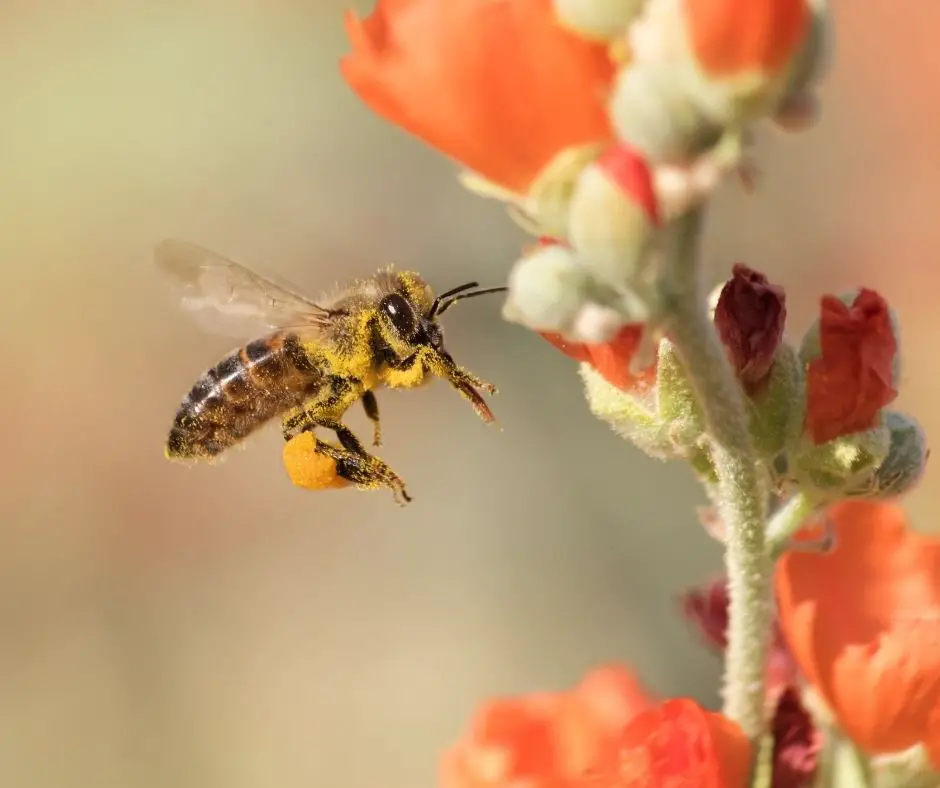
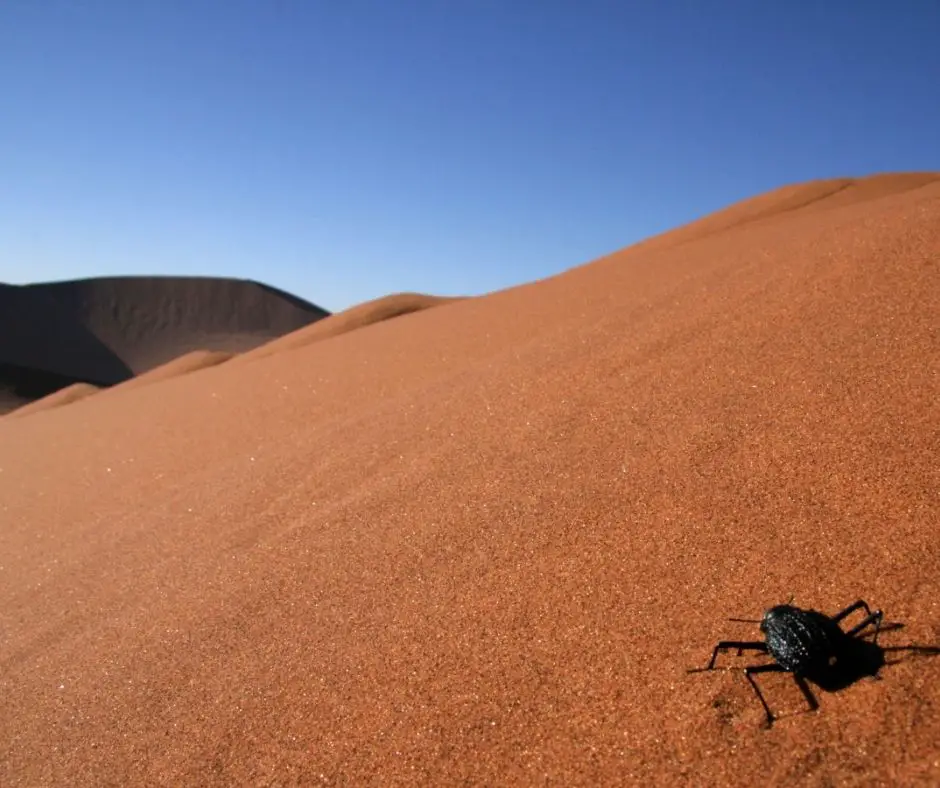


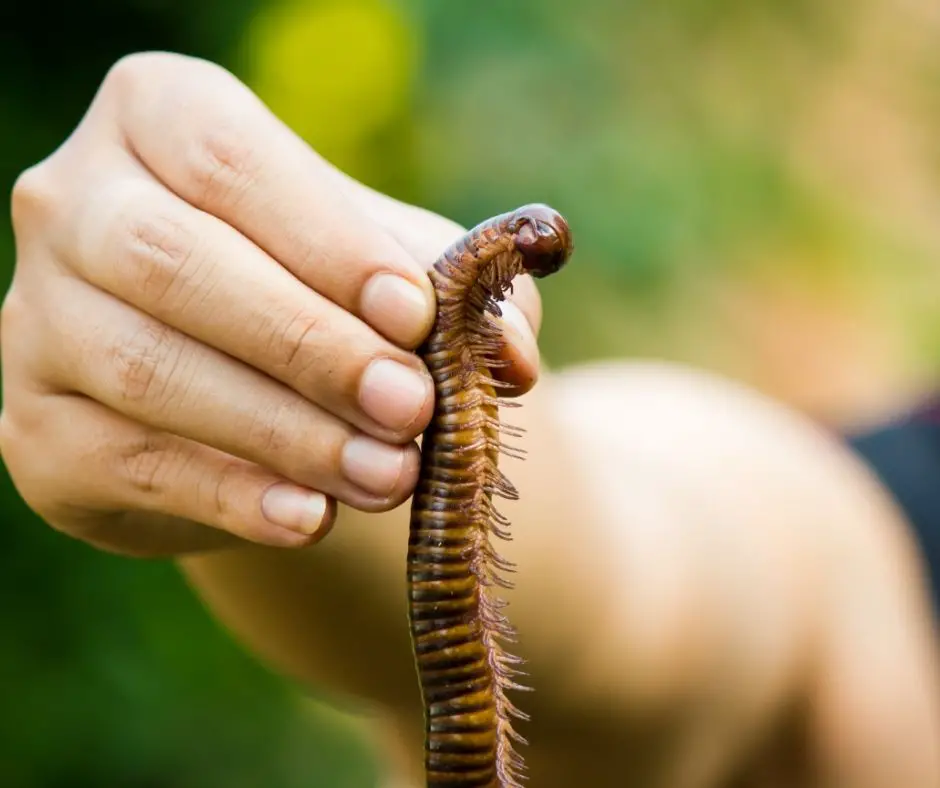




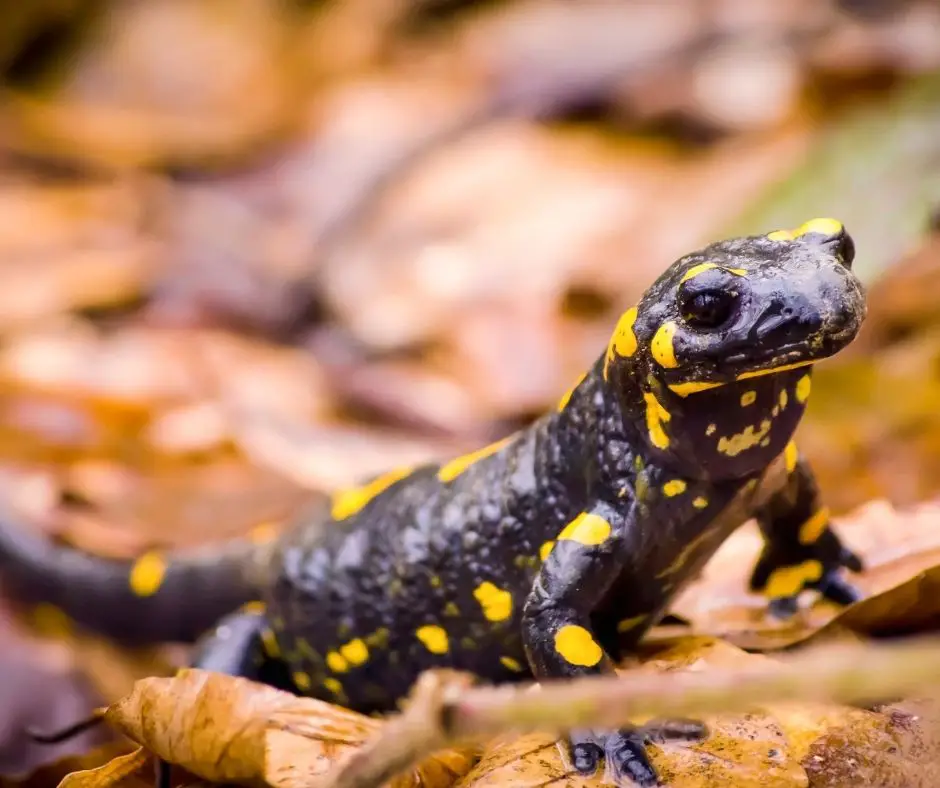
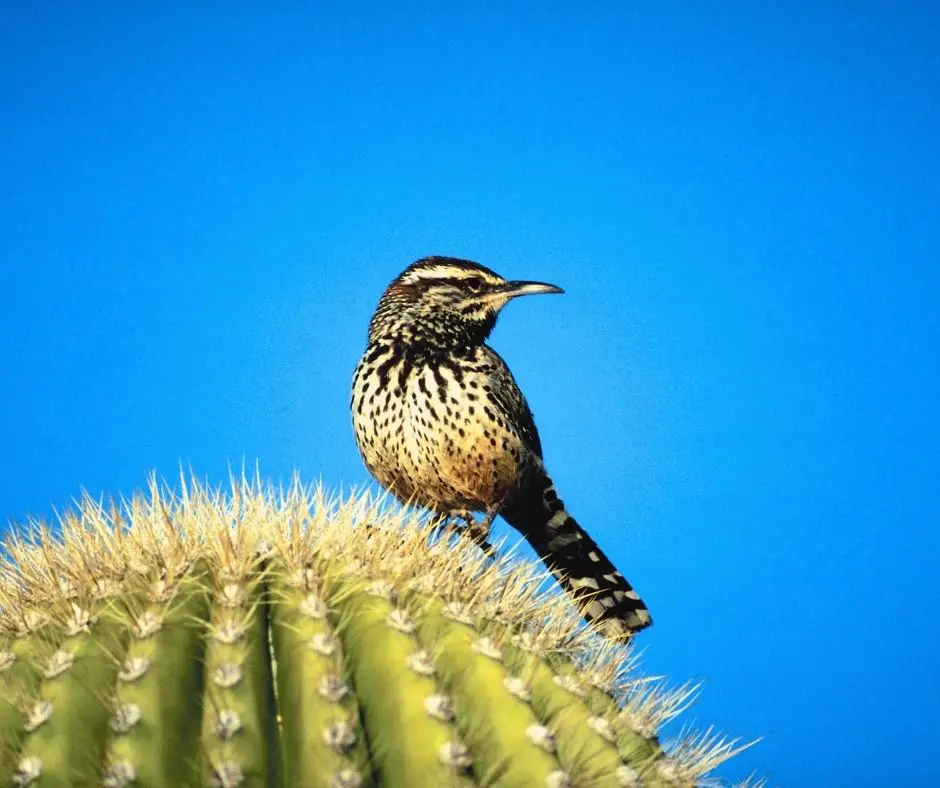
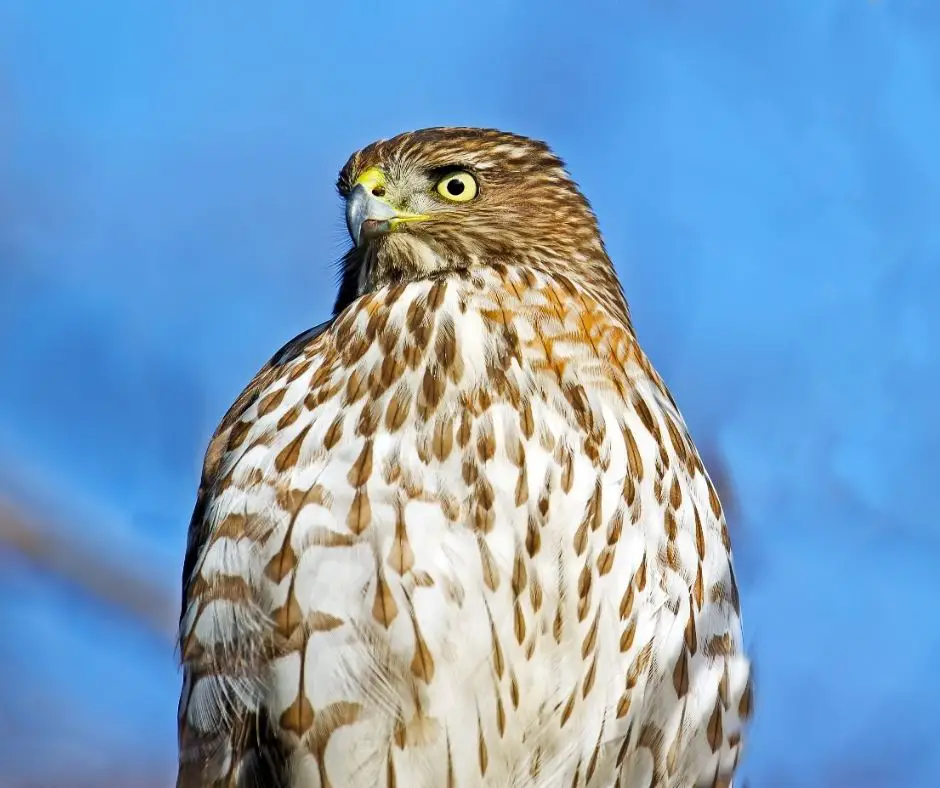









Post a Comment for "Easy Sketches of Animals in the Desert"